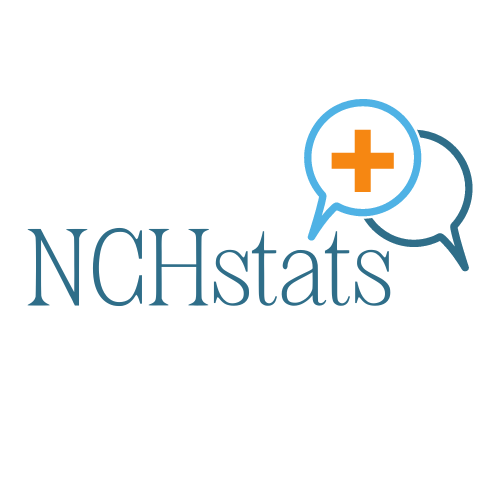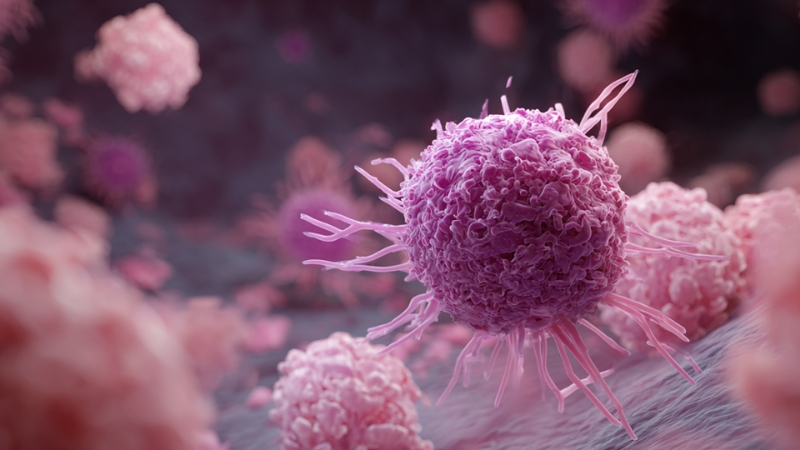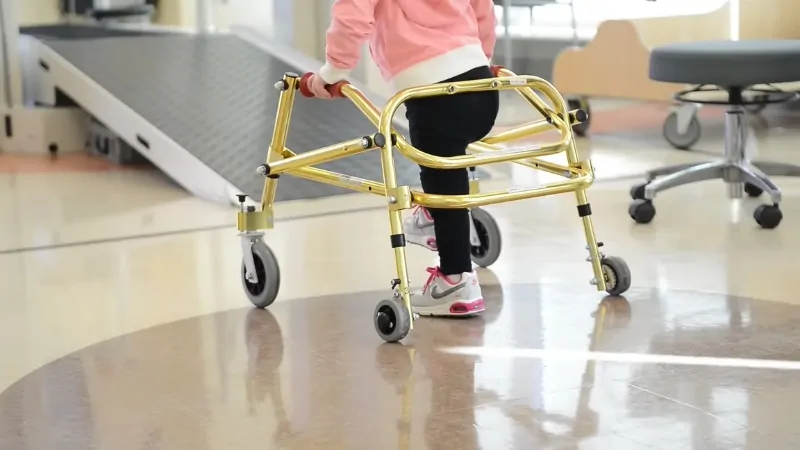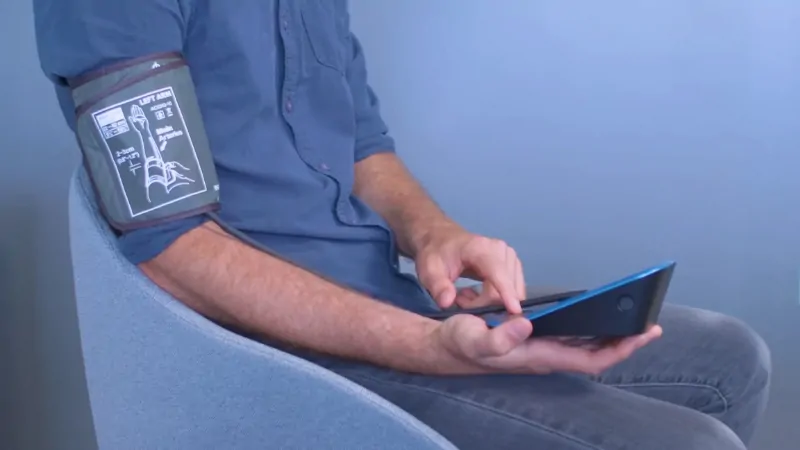Cancer continues to shape the modern medical frontier. In 2025, the National Cancer Institute projected 2.04 million new cases and 618,000 deaths across the United States.
Worldwide, the disease remains one of humanity’s greatest challenges, with nearly 20 million cases and 9.7 million deaths in 2022, figures expected to rise to 33 million annual cases by 2050, as noted by UICC.
Data shows that overall cancer death rates in the United States have dropped by roughly 34% since their 1991 peak, preventing an estimated 4.5 million deaths. From 2013 to 2022, the national mortality rate continued to fall each year, by an average of 1.7% among men and 1.3% among women.
Yet this year has also been one of remarkable optimism. New vaccines are being tested not to prevent cancer but to treat it.
Precision-targeted drugs are giving oncologists tools to strike tumors without devastating healthy tissue. And gene-based therapies, from CRISPR-edited immune cells to RNA-guided treatments, are redefining what “curable” might soon mean.
“We’re entering an age where the patient’s biology itself becomes the drug,” says Dr. Lillian Siu of Princess Margaret Cancer Centre. “Our progress in understanding tumor genetics is finally matching the pace of our technology.”
As I followed this year’s major conferences and FDA updates, I was struck by the tone of guarded optimism.
Table of Contents
ToggleTherapeutic Cancer Vaccines
Until recently, the term cancer vaccine was almost a contradiction. In 2025, that changed.
Researchers found data showing that personalized “neoantigen” vaccines can train the immune system to recognize unique tumor fingerprints, and in some cases, keep aggressive cancers from returning.
| Vaccine / Modality | Target & Mechanism | Key 2025 Findings |
| Personalized neoantigen vaccines (pancreatic & kidney) | Patient-specific peptides targeting tumor mutations | In pilot trials, 6 of 16 pancreatic patients remained cancer-free for > 3 years; all 9 kidney patients had no recurrence (NCI, 2025). |
| IO102-IO103 + pembrolizumab | Off-the-shelf vaccine boosts T-cell attack on IDO1 & PD-L1 cells | Median PFS 19.4 vs 11 months in advanced melanoma; no new immune toxicity (Cancer Network, ASCO 2025). |
| mRNA & peptide vaccines | Tumor-mutation-based design | Early evidence suggests even “cold” cancers like pancreatic and glioblastoma may respond (AACR 2025). |
“By analyzing the genetic composition of each individual tumour, we create a medicine that can train that person’s immune system to recognise and attack that specific type of cancer,” notes Dr. Vinod Balachandran, a leading researcher in pancreatic cancer vaccines.
When I spoke with oncologists working on these next-generation vaccine trials, the tone in every conversation was cautious optimism. They all stressed that these are still early-stage efforts, with small sample sizes and complex logistics that make scaling difficult.
Dr. Lennard Lee from the University of Oxford described the process as “science fiction in real life,” explaining that a biopsy must first be sequenced, analyzed, and then converted into a personalized mRNA vaccine specific to a single patient’s tumor profile, a process that still takes several weeks.
Targeted Drugs and Novel Molecules
Targeted therapies once sounded like science fiction: drugs designed to seek out a mutation, not a body part. In 2025, these agents became the centerpiece of modern oncology.
| Drug / Approach | Cancer Type / Target | 2025 Milestones |
| Dordaviprone (Modeyso) | H3 K27M-mutated diffuse midline glioma | First systemic therapy for a fatal childhood brain tumor; dual D2/3 blockade + ClpP activation (AACR 2025). |
| Zongertinib (Hernexeos) | HER2-mutant NSCLC | Broader HER2 mutation coverage; accelerated FDA approval. |
| Sunvozertinib (Zegfrovy) | EGFR exon 20 insertions | Effective in resistant NSCLC forms; new standard option. |
| Imlunestrant (Inluriyo) | ESR1-mutant ER+/HER2- breast cancer | Oral SERD prolonged survival post-endocrine therapy. |
| Linvoseltamab (Lynozyfic) | Refractory multiple myeloma | BCMA×CD3 bispecific antibody; strong responses after 4+ lines of therapy. |
| Sevabertinib | HER2-mutant NSCLC | > 70% response rate; priority FDA review (MD Anderson). |
At ASCO 2025, breast cancer took center stage. The SERENA6 trial showed that monitoring circulating tumor DNA and switching drugs before relapse doubled survival for some patients.
Other breakthroughs, like vepdegestrant (a PROTAC that dismantles estrogen receptors) and inavolisib (a PI3K inhibitor delaying chemotherapy by ~ 2 years), underscore how far the field has come from blunt chemotherapy to molecular chess.
A particularly notable addition to this trend is AZD7648, a next-generation DNA-PK inhibitor that enhances the effects of radiotherapy and DNA-damaging agents by blocking the repair of double-strand DNA breaks.

Early data presented at AACR 2025 indicated that the drug could significantly improve tumor sensitivity to existing treatments, especially in resistant solid cancers and lymphomas.
I was particularly struck by the quiet revolutions, small improvements that change everyday life. A subcutaneous version of pembrolizumab now allows immunotherapy through a quick injection rather than an IV drip.
It’s a minor shift clinically, but for patients spending years in treatment chairs, it’s transformative.
Additional Highlights from 2025
| Study / Therapy | Indication | Key Findings |
| FLAURA2 Trial | EGFR-mutated NSCLC | Adding chemotherapy to osimertinib extended survival from 37.6 → 47.5 months |
| KRAS G12C Combo | KRAS-mutated lung cancer | Response rate 61%; disease control 90%. |
| CAN-2409 Viral Therapy | Checkpoint-resistant NSCLC | Adenoviral HSV-tk therapy + valacyclovir: 24.5-month mean survival; 37% alive at 2 years. |
| LenCabo Trial | Post-immunotherapy renal carcinoma | 15.7 vs 10.2 months median PFS (ESMO 2025). |
Each trial tells the same story: incremental gains that together redefine outcomes. A few months longer survival here, a gentler regimen there, but for the people behind those numbers, it’s another graduation attended, another summer lived.
Gene-Based Therapy and Cell Engineering
If targeted therapy fine-tunes, gene therapy rewires. In 2025, the CRISPR revolution moved firmly into oncology labs.
CRISPR and Cell-Based Immunotherapies
At the University of Minnesota, doctors reported that CRISPR-edited tumor-infiltrating lymphocytes (TILs) erased metastases in one patient with advanced gastrointestinal cancer, a first-in-human proof of concept.
According to a news release by Masonic Cancer Center, Moriarity led a team investigating the checkpoint gene CISH and found that disabling it “robustly enhanced T-cells’ ability to recognize and kill tumor cells.”
Allogeneic CAR-T therapies, built from donor cells rather than a patient’s own, advanced rapidly. The Innovative Genomics Institute confirmed several phase I/II trials showing safety and comparable efficacy to traditional CAR-T products, a potential step toward off-the-shelf cancer immunotherapy.
Meanwhile, researchers engineered Boolean-logic CAR-T cells that activate only when detecting multiple tumor markers, a safeguard against healthy-cell damage.
Rare Cancer Cell Therapy Milestones
CAR-T therapy continued its expansion beyond blood cancers.
| Therapy | Disease | 2025 Milestones |
| LV20.19 CAR-T | Mantle cell lymphoma | 100% overall response; 88% complete remission; manageable toxicity (CGTLive 2025). |
| Lisocabtagene maraleucel (Breyanzi) | Marginal zone lymphoma | Priority FDA review due Dec 2025. |
| Obecabtagene autoleucel (obe-cel) | B-cell ALL (adults ≥ 26) | CR/CRi rate 76.6%; median response 21.2 months (CGTLive 2025). |
| Satricabtagene autoleucel (satri-cel) | Claudin18.2-positive gastric cancer | First CAR-T for solid tumor NDA accepted in China. |
| BCB-276 CAR-T | Diffuse intrinsic pontine glioma (DIPG) | Breakthrough FDA designation; phase II launch late 2025. |
“Targeted gene editing is a powerful tool to enhance the anticancer activity of NK cells… PreCiSE is more than a screening tool; it is a roadmap that reveals how tumors suppress our cells and how to reengineer CAR NK cells to resist those pressures across many cancer types,” said Dr. Katy Rezvani of MD Anderson Cancer Center.
As a reporter, I couldn’t help noticing a pattern: the same therapies thrilling conference halls also raise difficult questions about cost, scalability, and access. A single CAR-T infusion can cost over $400,000, excluding hospitalization.
Broader Context and Future Outlook

Precision medicine is now more than a buzzword. AI-assisted pathology, spatial transcriptomics, and liquid biopsies are transforming diagnostics, helping doctors identify the right drug for the right patient at the right moment.
“Medicine used to be the art of intuition, but now it’s the science of information,” says Dr. Eric Topol, director of Scripps Research Translational Institute.
But access remains the elephant in the room. The NCI notes that while wealthier nations face a higher overall incidence, low-income countries still suffer the highest mortality.
Cervical cancer, for example, kills disproportionately more women in Africa and South Asia despite being largely preventable.
When I finished reviewing this year’s findings, two emotions lingered: awe and urgency.
The next decade will determine whether 2025 marks the start of a revolution or a reminder that discovery without access still leaves too many behind.







